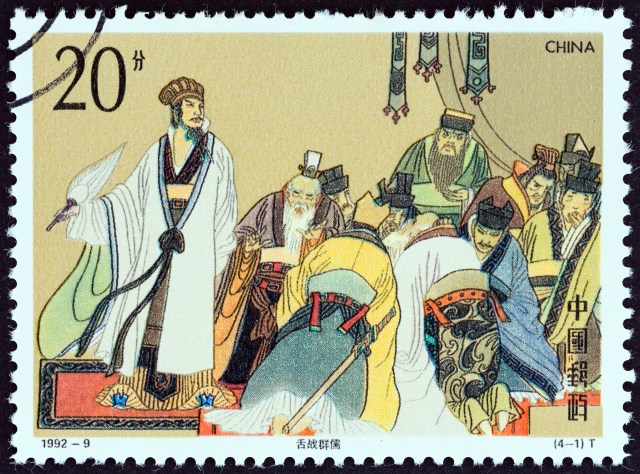How the Han Dynasty Influenced Modern Asian Culture and Society

SUMMARY The Han Dynasty (206 BCE–220 CE) profoundly shaped modern Asian culture through its centralized bureaucracy, promotion of Confucian values, and significant technological advancements. Its establishment of the Silk Road facilitated trade and cultural exchange across Asia, while its influence on language and identity remains foundational in countries like China, Japan, and Korea today.
The Han Dynasty, which ruled China from 206 BCE to 220 CE, is often regarded as one of the most influential periods in Chinese history. Its legacy extends far beyond its own borders, playing a critical role in shaping modern Asian culture and society. In this article, we explore how the Han Dynasty’s innovations and governance laid foundations that continue to impact Asia today.
Political Centralization and Administrative Innovation
The Han Dynasty established a centralized bureaucracy that became a model for future governments not only in China but also throughout East Asia. By implementing a civil service system based on meritocracy and Confucian principles, the dynasty advanced effective governance structures. These administrative practices influenced neighboring countries such as Korea, Japan, and Vietnam, setting standards for imperial rule that lasted centuries.
Cultural Flourishing and Confucianism
Under the Han Dynasty, Confucianism was promoted as the state philosophy, deeply embedding values like filial piety, social harmony, and respect for authority into society. This cultural emphasis shaped education systems across Asia with Confucian classics becoming central to scholarly study. The dynasty’s support for arts and literature also led to rich cultural developments whose influences are visible in traditional music, poetry, and visual arts across modern Asia.
Technological Advancements and Economic Growth
The Han period saw remarkable technological progress including improvements in iron casting, papermaking innovations like early forms of paper production, and advances in agriculture through tools such as the chain pump. These innovations supported economic expansion along trade routes like the Silk Road which connected East Asia with Central Asia and beyond. This network facilitated cultural exchange and commerce that shaped regional development significantly.
Expansion of Trade Routes: The Silk Road
One of the hallmark achievements of the Han Dynasty was establishing extensive trade routes known collectively as the Silk Road. This network not only allowed goods like silk, spices, and precious metals to flow between East Asia and Europe but also enabled ideas such as Buddhism to spread throughout Asia. The Silk Road helped create interconnected societies where cultural diffusion occurred rapidly across vast distances.
Legacy in Language and Identity
The Han era cemented many aspects of Chinese identity including language standardization through Classical Chinese script which influenced written languages across East Asia such as kanji in Japan and hanja in Korea. The term “Han” itself has become synonymous with ethnic Chinese identity today reflecting this dynasty’s foundational role in shaping historical self-perception among millions.
In conclusion, the Han Dynasty’s profound political reforms, cultural developments, technological achievements, trade expansions, and linguistic legacies have collectively influenced modern Asian culture and society deeply. Understanding this ancient dynasty helps us appreciate how historical foundations continue to shape contemporary life across diverse Asian nations.
This text was generated using a large language model, and select text has been reviewed and moderated for purposes such as readability.











